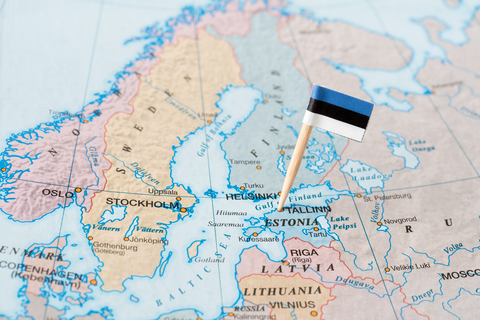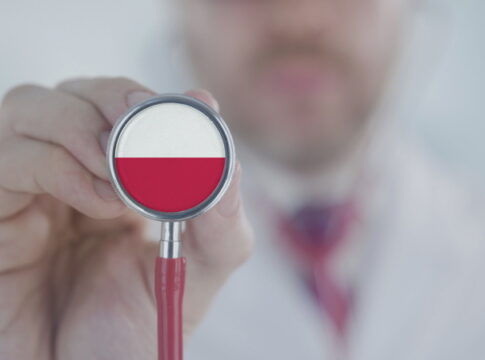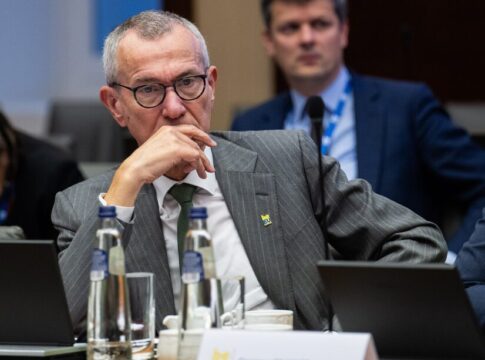The Finnish healthcare system is based on a model of universal access, ensuring that all citizens have access to essential healthcare services. Finland, in line with the standards of the Organisation for Economic Co-operation and Development (OECD), allocates 9.6% of its GDP to healthcare spending, remaining in line with the OECD average of 9.2% for other countries.
Despite this level of public healthcare funding, it’s crucial to note that Finnish citizens face significantly higher out-of-pocket expenses compared to their European counterparts, reaching approximately 21%.

Delving into the topic with TrendSanità, Kristiina Patja, a professor at the University of Helsinki and head physician at Helsinki University Hospital (HUS), explains: «Finland operates a publicly funded healthcare system. The city of Helsinki is a single provider for the twenty-one districts across the country. The twenty-one counties are responsible for social and healthcare services, including primary and specialized healthcare, dental care, social assistance, services for children, youth and families, services for working-age people, mental health and substance abuse services, services for disabilities, student healthcare for compulsory schooling, rescue operations, and pre-hospital emergency medical services. Primary healthcare services are the cornerstone of the Finnish healthcare system and include prevention, health promotion, treatment of common illnesses, management of chronic conditions, as well as integrated social and mental health services. Primary care is typically provided through health centers, which are accessible to all residents».
Regarding the private sector, which emerged in the country about forty years ago, the professor states: «The private sector is funded both directly and indirectly with public funds and can be accessed through employer-funded occupational healthcare services and private health insurance, a complex system to manage».
The success of Finland
In line with its commitment to universal access and quality healthcare services, Finland has established a healthcare system that has become an international benchmark for excellence and effectiveness. However, it’s essential to understand the mechanisms that make it so effective and the challenges it continues to face daily, as stated by Kristiina Patja: «One of the distinctive features of the Finnish healthcare system is its commitment to universal access to essential healthcare services. This means that all citizens, regardless of income, employment status, or pre-existing health conditions, are entitled to receive high-quality care.
Finland is globally recognized for the quality of its healthcare services, with impressive outcomes such as among the lowest maternal and neonatal mortality rates in the world and high vaccination rates. This success is the result of a constant commitment to ensuring that quality standards and guidelines are adhered to at every stage of care. Additionally, the advanced use of technology, such as electronic medical records and digital prescription systems, has helped improve the efficiency and safety of healthcare».
The most current challenges for Finland are: healthcare financing, ethical and legal issues and the introduction of patient-focused care
The Finnish healthcare service is known for its long history of health promotion, ensuring a high standard of health at the European level. The professor asserts: «Finland prioritizes public health initiatives aimed at promoting health and preventing diseases. These initiatives include health education campaigns and initiatives to address lifestyle factors such as smoking, diet, and physical activity. By focusing on prevention, Finland aims to reduce the burden of diseases and improve population health outcomes. However, differences in mortality and morbidity between social groups have remained wide, and such initiatives have gradually disappeared, and funding has decreased significantly over the decades».
From chronic patient management to multi-channel funding
In the Finnish landscape, it is vital to discuss the challenges the country faces. Certainly, the funding system has its flaws, as explained by Patja: «In my opinion, the multi-channel funding of the healthcare system has led to the provision of a wide range of services to a portion of the population, but many others struggle to obtain basic services».
Continuing the analysis of some critical issues, the professor states: «Currently, Finnish healthcare is undergoing reform due to common problems in all healthcare systems. Healthcare funding is an ongoing challenge, particularly as healthcare costs increase due to multiple factors such as new technologies, an aging population, and growing demand for services. Balancing healthcare spending with other competing priorities in the national budget is a constant challenge for policymakers».
«In public healthcare, there can be long waiting times for non-urgent procedures and specialist visits, especially in some regions or for specific services, but in private healthcare, there are no waiting times. There is therefore a market problem that meets the needs and services at the population and regional levels, leading to discrepancies in access and quality of care between urban and rural areas and age groups. This mismatch in the healthcare system has led to shortages of healthcare workers, especially in the public system, in rural areas and in some specialized schools. Unfortunately, this has also exacerbated inequalities based on socioeconomic factors, ethnicity, and other social determinants of health», Patja adds.
«Discrepancies in access and quality of care are increasing, between urban and rural areas and by age groups»
Another major challenge that the professor and hospital head emphasizes is the aging of the Finnish population, with 22% of the population over 65: «Finland is facing this demographic change that puts pressure on resources and healthcare budgets, especially in the provision of long-term care and management of chronic diseases. The prevalence of diseases such as diabetes, cardiovascular diseases, and risk factors such as obesity is increasing. Effective management of these conditions requires long-term care strategies and effective preventive measures. There have also been some gaps in mental health services, particularly in terms of accessibility and availability of specialized care, services that are not adequately responding to the high rates of depression recorded in the country, despite some good progress, such as the decline in suicide rates.
Therefore, to conclude our reasoning, the main current challenges include structural challenges, ensuring fair distribution of resources, managing the complex interaction of social factors in health, and implementing technology that does not discriminate against people in accessing healthcare».
Looking at Europe
Finland is a significant example in the European landscape, with a healthcare service with universal access and high quality of services offered, but as we have seen, there are many issues to improve and choices to implement. Indeed, looking prospectively at the challenges for the future, Patja emphasizes: «Finland has the same challenges as all OECD countries, plus a series of challenges peculiar to its geography. Fundamental issues such as access and economic accessibility, quality, healthcare personnel, rising healthcare costs, implementation and security of healthcare information technologies, healthcare governance and financing, ethical and legal issues, and the introduction of patient-focused care. Population health issues such as managing chronic diseases, population aging, healthcare inequalities, mental health services. Societal issues, such as global health threats and preparedness for public health challenges and investments in innovation and healthcare research. Hot topics in view of the election of the new European governance that will accompany us for the next five years».
«At the European level, it would be important to create conditions for uniform competition and development for healthcare systems, so that they are safe, effective, and systemically able to renew themselves. In particular, it would be important at the community level to consider citizens’ health and the possibilities of more forward-thinking choices, such as integrating regulations related to food, drugs, and tobacco and harmonizing health-based taxation. Finally, two other themes that require international collaboration are, in my opinion, the implementation of extensive sustainability in healthcare systems and environmental issues that impact health», concludes Kristiina Patja.







